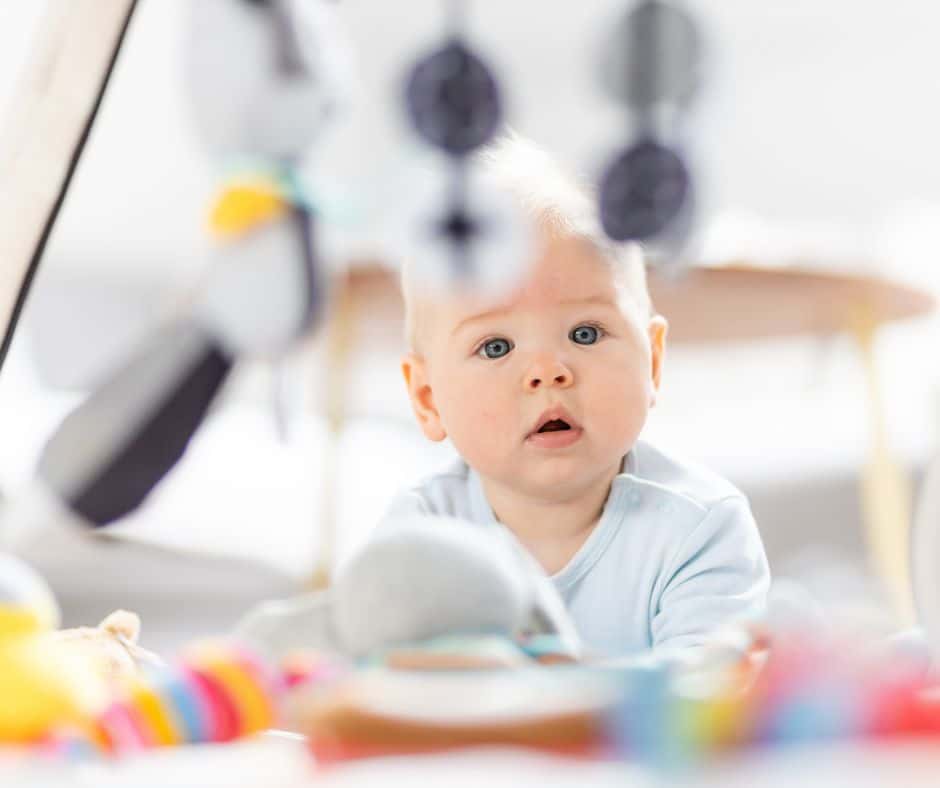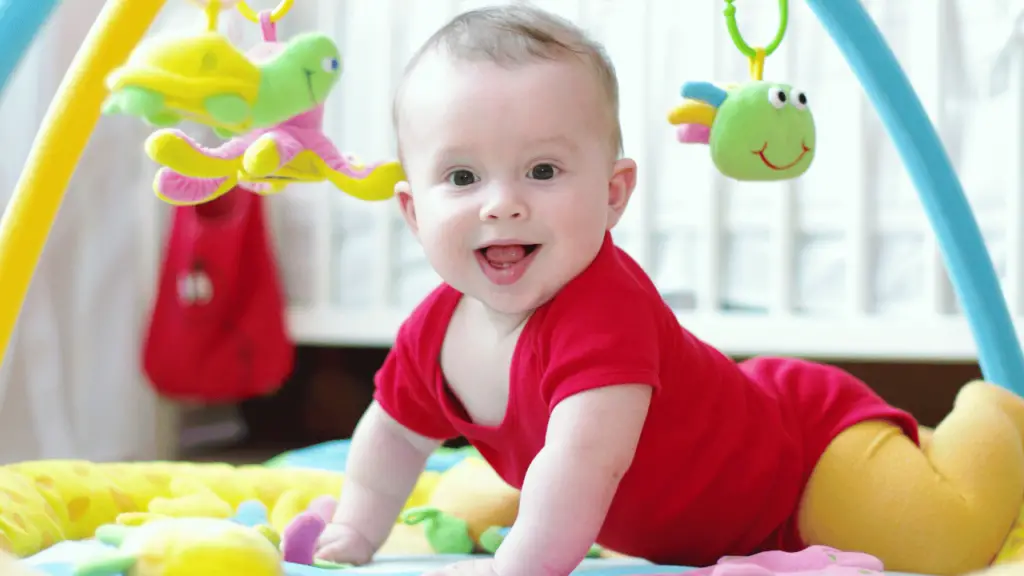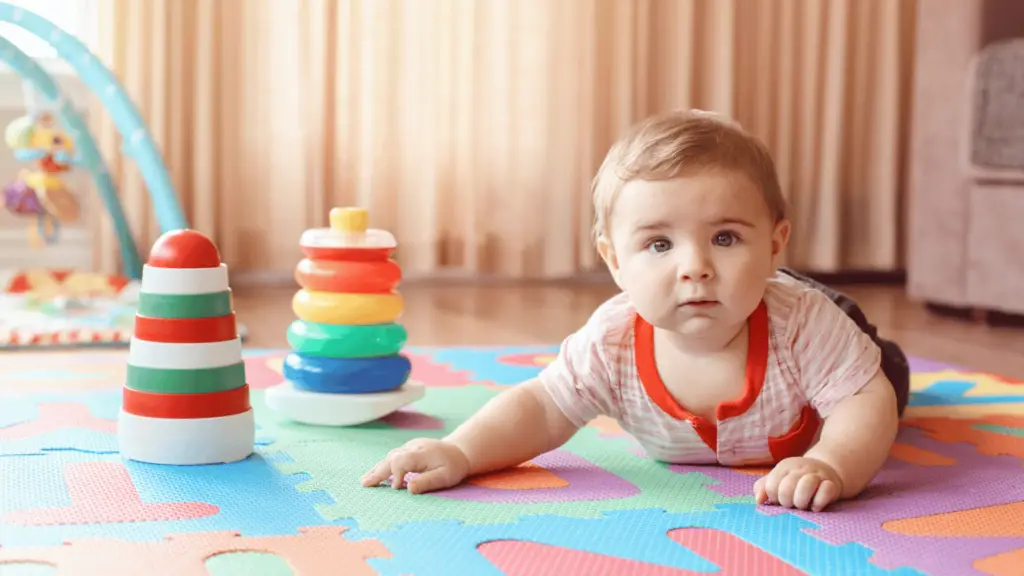Exploring the Safety of Baby Swings: A Comprehensive Guide
In the realm of parenting, few tools have provided as much relief to caregivers as baby swings. These innovative devices offer a soothing and calming space for infants, providing parents with precious moments of respite. However, as with any baby product, concerns about safety naturally arise. At Teddycounty, we are committed to unraveling the intricacies of baby swing safety and equipping parents with the knowledge they need to make informed choices. In this comprehensive guide “Are baby swings safe for babies”, we delve into the various aspects of baby swing safety, ensuring that you have all the information necessary to prioritize the well-being of your little one.
Are baby swings safe for babies?
Remember, your baby’s safety comes first. Keeping a watchful eye while your little one enjoys the gentle motion of a baby swing is essential. Despite the undeniable benefits that baby swings bring, opinions regarding their overall reliability differ among caregivers. The past few years have witnessed instances where certain iterations of baby swings were called back due to identified risks that could affect infants’ well-being.

Understanding the Mechanics of Baby Swings
Baby swings come in various designs and functionalities, but their core purpose remains the same: to replicate the gentle rocking motion that newborns often find soothing. Most swings are equipped with a harness or seatbelt to secure the baby in place. While this rocking motion is designed to mimic a caregiver’s embrace, it’s crucial to use the swing within the manufacturer’s recommended weight and age limits.
Key Safety Features to Look For
When considering a baby swing, it’s essential to prioritize models that adhere to stringent safety standards. Look for swings that offer:
1. Five-Point Harness System
A five-point harness system ensures that your baby is securely fastened into the swing, preventing any accidental falls or slips.
2. Stable Base
A wide and sturdy base provides stability to the swing, reducing the risk of it tipping over during use.
3. Proper Angle
Choose a swing with a comfortable recline angle to prevent your baby’s head from slumping forward, which can obstruct their airway.
Safe Usage Practices
While baby swings offer undeniable benefits, their safety depends on proper usage. Here are some essential guidelines to follow:
1. Supervision
Never leave your baby unattended in a swing, even if it is securely fastened. Supervision is key to ensuring their safety.
2. Time Limit
Limit the amount of time your baby spends in the swing to prevent any potential discomfort or medical issues.
3. Flat Surface
Always place the swing on a flat and level surface to prevent tipping.
Addressing Concerns
1. SIDS Risk
There have been concerns that baby swings may increase the risk of Sudden Infant Death Syndrome (SIDS). However, no conclusive evidence supports this claim. To ensure the utmost safety, follow the aforementioned guidelines and transition your baby to a crib for sleep.
2. Developmental Issues
Extended use of baby swings might potentially affect your baby’s motor development. To foster healthy growth, balance swing time with supervised tummy time and floor play.
Conclusion
In the realm of parenting, baby swings serve as valuable tools that offer comfort to infants and caregivers alike. By understanding the mechanics, safety features, and best practices, you can confidently incorporate a baby swing into your daily routine. Remember, your baby’s safety is paramount, and making informed choices will enable you to enjoy the benefits of a baby swing while ensuring their well-being.
At Teddycounty, we are dedicated to empowering parents with accurate and comprehensive information about baby products. By prioritizing safety, you can create a nurturing environment for your baby while enjoying the convenience of modern parenting tools. For more expert insights, visit our website and explore our wealth of resources on parenting, safety, and child development.
Read This Also:


